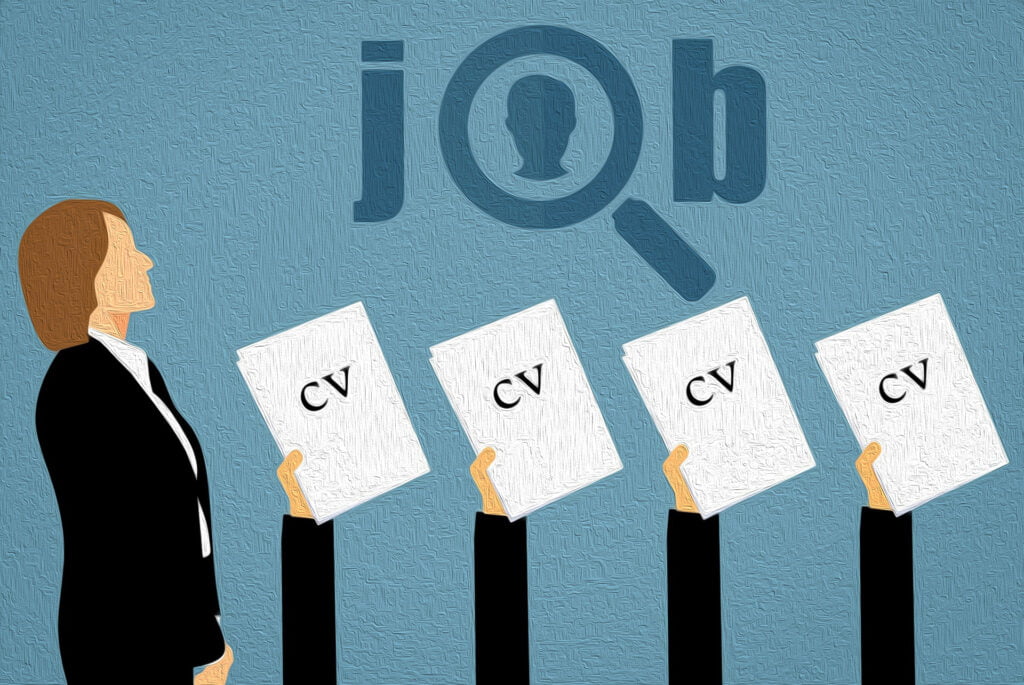Introduction to Global Human Resource Management
Global Human Resource Management (HRM) is a crucial aspect of modern organizations, transcending borders to manage people, processes, and policies across different countries and cultures. In today’s interconnected world, where businesses operate on a global scale, effective global HRM ensures that organizations can attract, develop, and retain talent worldwide.
Main Objective of Global Human Resource Management
When it comes to primary goal of Global HRM, is to align human capital strategies with the strategic objectives of the organization. Unlike traditional HRM that focuses on local workforce management, global HRM aims to harmonize HR practices across multiple locations, fostering a cohesive organizational culture and supporting global expansion initiatives.
Importance of Global Human Resource Management
Global HR Management plays a pivotal role in fostering cultural understanding and integration within multinational corporations. By standardizing HR practices globally, organizations can streamline operations, reduce redundancies, and ensure compliance with diverse regulatory frameworks.
Moreover, effective global HRM minimizes risks associated with international operations, such as legal, financial, and reputational risks.
Key Functions of Global HRM
When it comes to global human resource management, the key functions stretch far beyond just hiring and firing. It’s about building a people strategy that works across borders, time zones, and cultures, while still making everyone feel part of the same team.
- Recruitment and Selection on a Global Scale
Hiring on a global level isn’t as simple as copying and pasting your local job ad. It means understanding the talent landscape in different countries—what motivates job seekers, what qualifications matter, and what expectations they bring to the table. Global HR teams must craft inclusive job descriptions and use localized platforms to reach candidates where they are. And of course, they’ve got to stay sensitive to cultural differences in communication and selection processes to ensure fairness and diversity. - Training and Development Across Diverse Cultures
Training needs to do more than tick boxes—it should inspire growth and bridge cultural divides. That means designing content that speaks to different learning styles, values, and norms. Encouraging cross-cultural collaboration and empathy helps build a globally-minded workforce. - Managing International Compensation and Benefits
Pay isn’t just a number. It reflects value, respect, and equity. Global HR managers need to create compensation packages that balance fairness with local market realities. Add in benefits like health plans, leave policies, and retirement schemes—and make sure they’re compliant, competitive, and culturally appropriate.
Strategies for Effective Global HR Management
Successful global HR management requires proactive strategies tailored to the complexities of a diverse workforce:
- Developing Global Leadership and Talent Pipeline: Cultivating a pool of leaders with cross-cultural competencies and a deep understanding of global markets.
- Implementing Cross-Cultural Training Programs: Equipping employees with the skills to navigate cultural differences and work effectively in multicultural teams.
- Leveraging Technology for Global HR Operations: Utilizing HRIS (Human Resource Information Systems) and AI-driven analytics to streamline processes, enhance decision-making, and ensure data security across borders.
Difference Between HR and Global HR
At first glance, Human Resource Management (HRM) and Global Human Resource Management (Global HRM) might seem like two sides of the same coin. After all, both aim to manage people, nurture talent, and help businesses thrive. But when you scratch beneath the surface, the differences are pretty eye-opening—and essential to understand, especially in today’s borderless business world.
Traditional HR usually operates within a single country. It’s focused on managing the workforce according to local labor laws, cultural norms, and business needs. Think hiring new team members in your city, managing payroll in local currency, or organizing training sessions that reflect local work ethics and communication styles. It’s familiar terrain, with relatively predictable challenges.
Global HRM, on the other hand, is a whole different ball game. It deals with coordinating and standardizing HR functions across multiple countries and cultures. Now you’re juggling varying tax regulations, employment laws, and workplace customs—from Tokyo to Toronto, Nairobi to New York. It’s about maintaining consistency without being tone-deaf to local differences. Here’s the kicker:
Global HR isn’t just “HR but bigger.” It demands a global mindset—balancing strategic alignment with cultural sensitivity. It’s like being the conductor of an international orchestra. Everyone’s playing different instruments, but your job is to make it all sound like harmony.

Conclusion
In a world that’s more connected than ever, Global Human Resource Management isn’t just a fancy buzzword—it’s a critical strategy for any business looking to grow beyond borders. Whether it’s navigating cultural complexities, aligning international teams, or managing cross-border compliance, global HRM helps organizations stay agile, competitive, and people-focused.
Unlike traditional HR, global HRM calls for a broader mindset—one that respects diversity while building unity. It’s about finding the common thread in a tapestry of cultures and guiding a worldwide workforce toward shared goals.
For companies stepping into the international arena, mastering global HRM can make the difference between surviving and thriving. And for individuals curious about the behind-the-scenes magic that keeps global teams ticking—this is where it all starts.
The world’s your workplace. And global HRM? That’s the playbook for making it all work.
Related Posts




